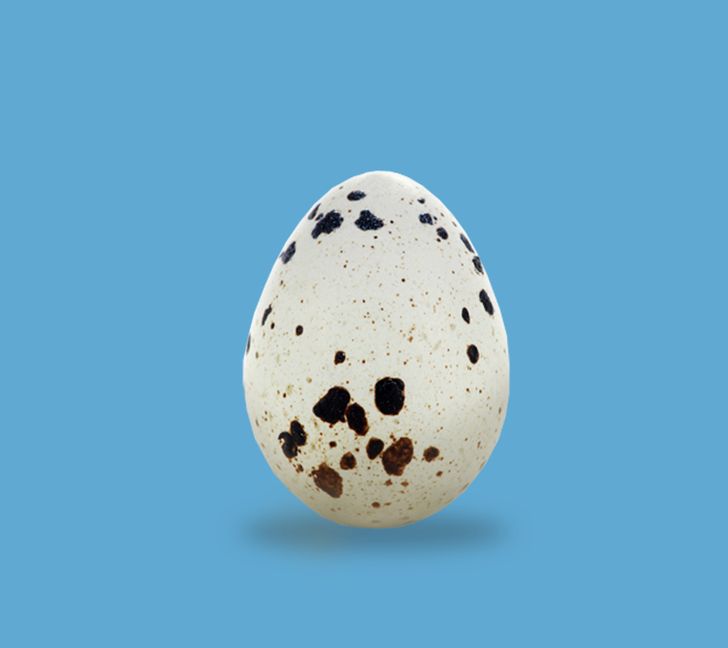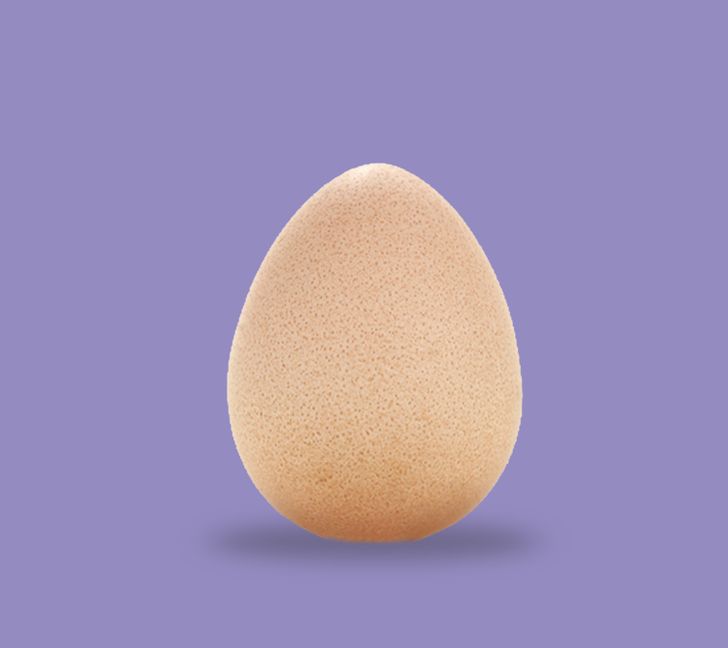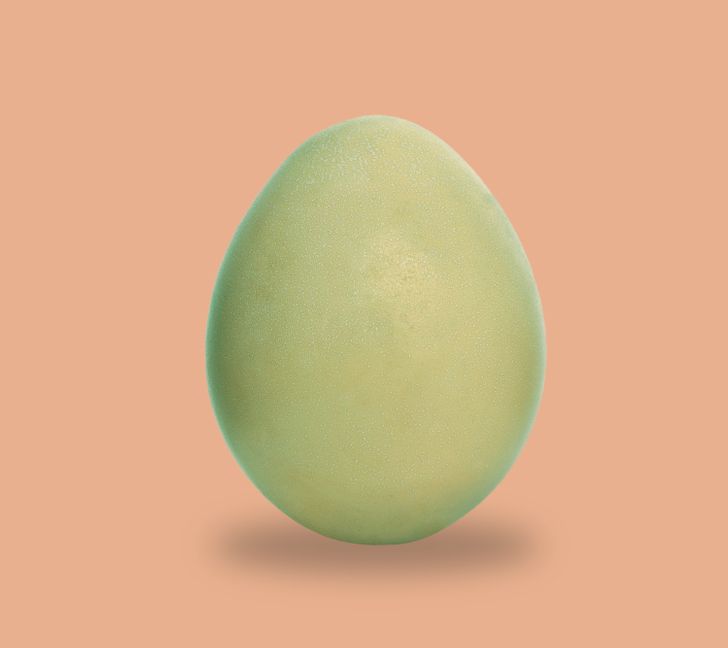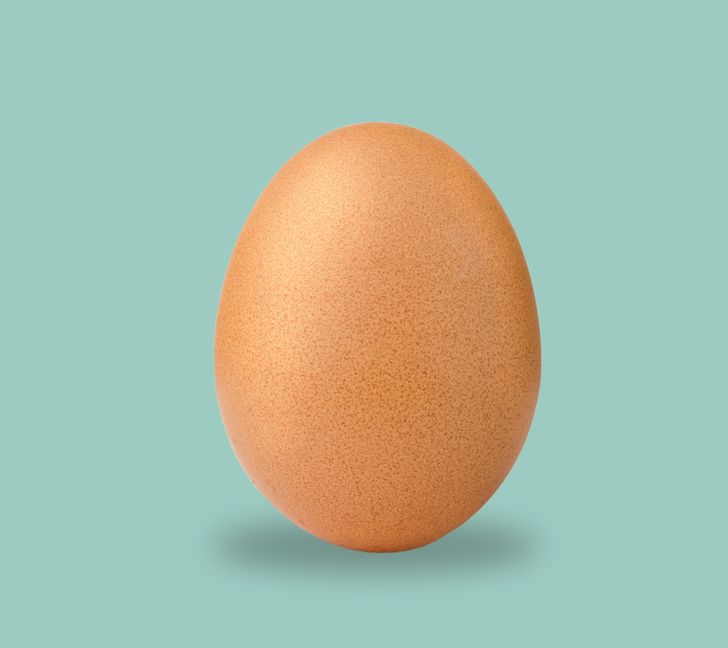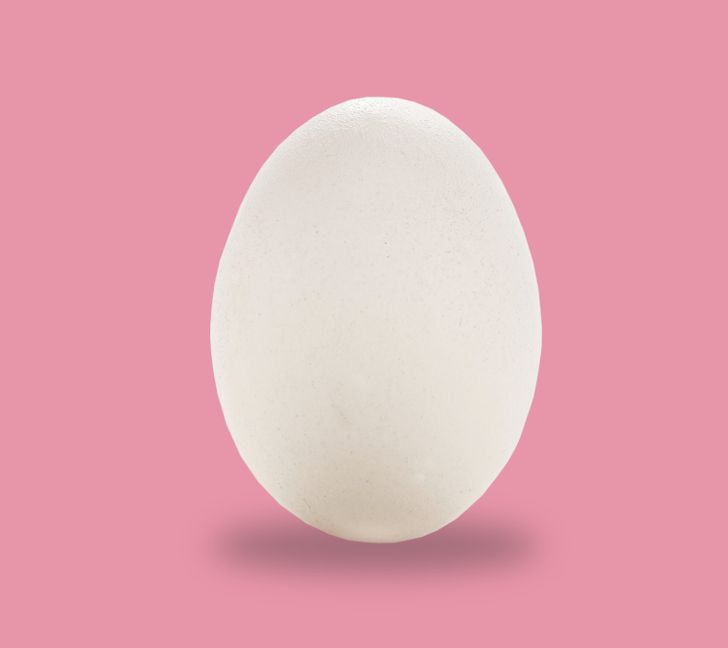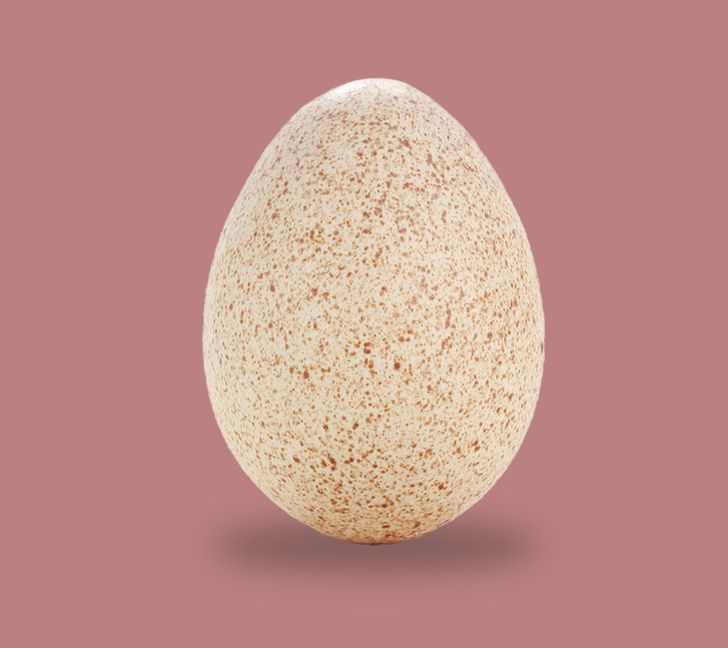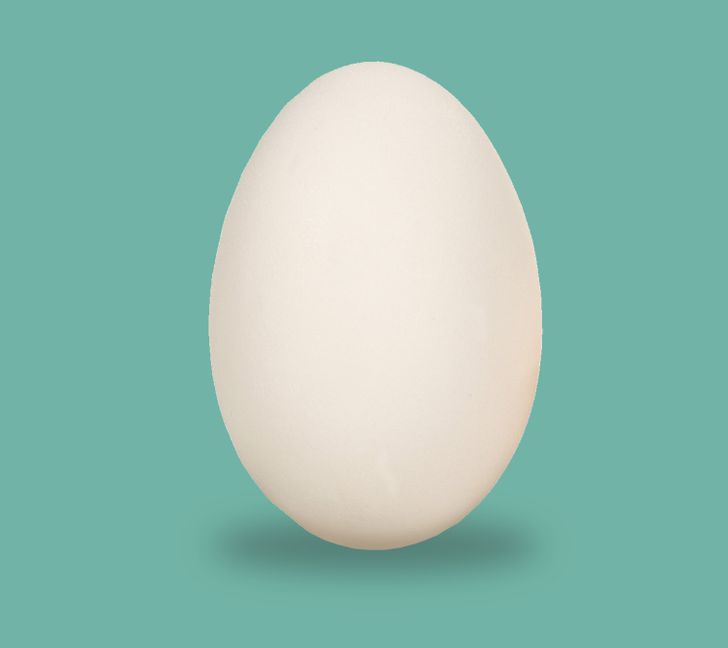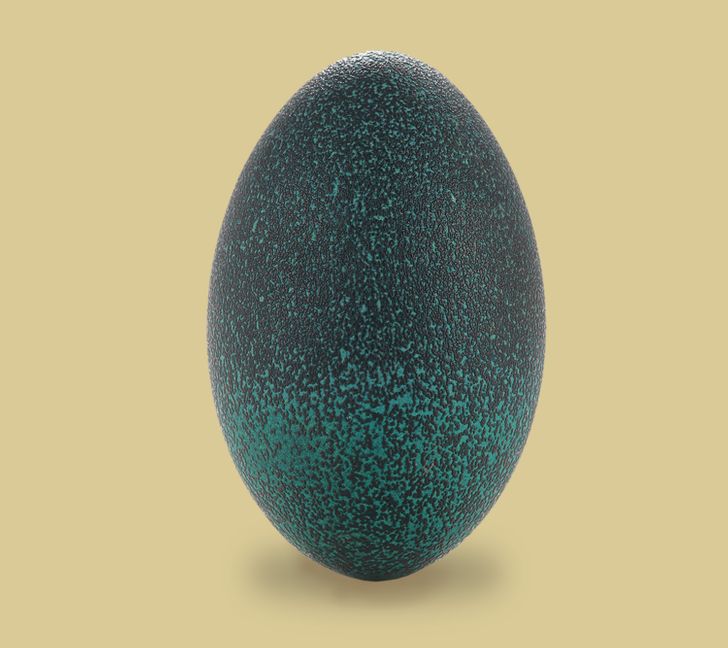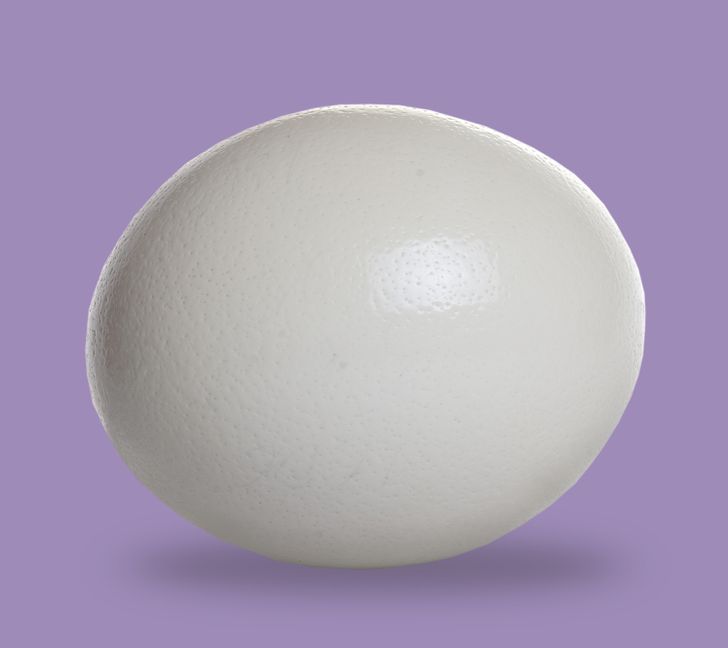What Types of Eggs There Are
Eggs are truly superfoods because they contain protein, good fats, and lots of useful nutrients. While we are more used to eating chicken eggs, there are some other types to try. They can vary in color, size, and taste. 5-Minute Crafts will tell you which types of edible bird eggs there are.
1. Quail eggs
These eggs are so small, that 4 quail eggs are around a serving size of one chicken egg. However, they are very nutritious and packed with useful elements, like riboflavin, vitamins A and B, and iron. It is easy to spot them thanks to their brown speckles and spots on the shell. Some quail breeds can lay up to 300 eggs during a laying season, which makes it quite easy to produce and sell them.
2. Guinea hen eggs
Guinea hen eggs are smaller than chicken eggs with very hard shells. You can distinguish them by their light-brown color and speckles. A guinea hen can produce an egg per day and can be found at some farms.
3. Pheasant eggs
Pheasant eggs are around half the size of a chicken egg and twice the size of a quail egg. You can distinguish it by its pale, olive-green, or even brownish shell. These eggs are very tasty and not so hard to find, as pheasants also tend to lay a lot.
4. Chicken eggs
Chicken eggs are pretty much the most common type. In a store, you can find eggs with white and brown shells. However, some chickens can also lay eggs of a blue hue.
5. Duck eggs
In comparison to chicken eggs, duck eggs are larger with thicker shells and membranes, which makes them harder to crack. They are packed with more nutrients, like protein, minerals, and vitamins, and also have a longer shelf life. Their texture is smooth, which makes them perfect for eating fried or poached. However, they are less common because they are also more expensive to produce than chicken eggs. Ducks have a different laying pattern, eat more than chickens, and generally take more housing space.
6. Turkey eggs
Turkey eggs are larger than chicken and duck eggs, with thick shells and pointy tops. The color of the eggs is usually off-white with speckles. It’s hard to crack them, but once you do, you will find a delicious product inside. In comparison to chicken eggs, turkey eggs have a stronger flavor and a slightly creamier texture. These eggs are not very common because it takes a long time to produce them, which makes selling inefficient.
7. Goose eggs
Generally bigger and narrower than chicken eggs, the size of goose eggs depends on the variety of goose it comes from. Their taste is very rich and eggy, similar to duck eggs. However, 1 goose egg is equivalent to 2 duck eggs or 3 chicken eggs. Such eggs are more exclusive because geese typically lay fewer eggs than chickens.
8. Emu eggs
Emu eggs probably look the most unordinary compared to the rest. You can recognize them by their dark olive color. One emu egg is equivalent to about 8-12 chicken eggs. Emus lay eggs only during winter, and one bird usually lays one egg every 3 days. Also, this product is quite expensive: one egg can cost anywhere from $20 to $50.
9. Ostrich eggs
Ostrich eggs are one of the biggest eggs in the world at around 6 inches (15 cm) in diameter and can weigh up to 3 lb (1.3 kg). One egg can contain around 2,000 calories! Its eggshell is strong enough to bear the weight of an adult man and to crack it, you will need a saw or a hammer. Ostrich eggs have a buttery and richer taste than chicken eggs, but it can take up to 90 minutes to hard boil such an egg.
